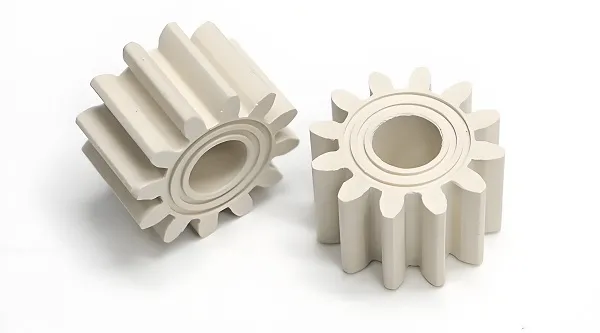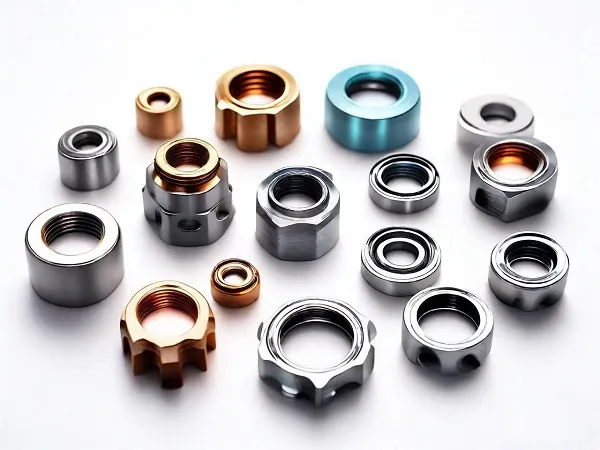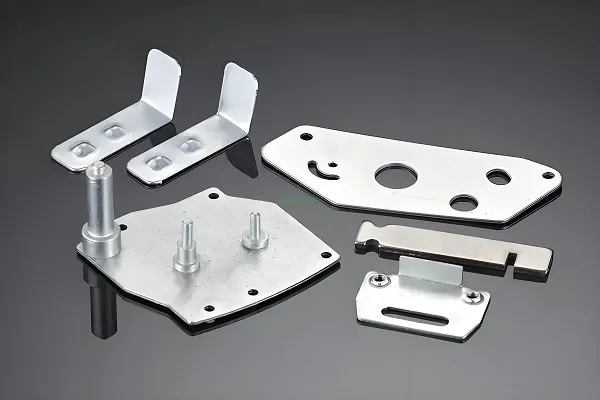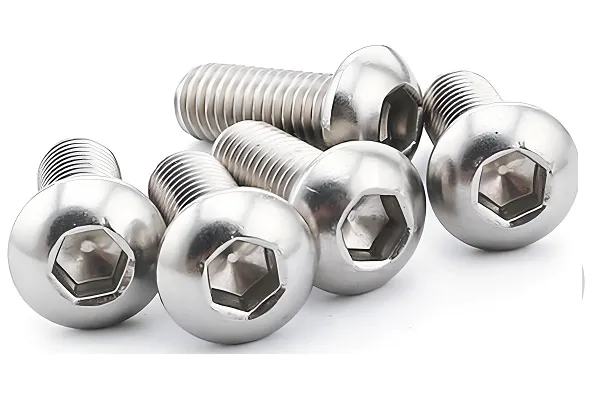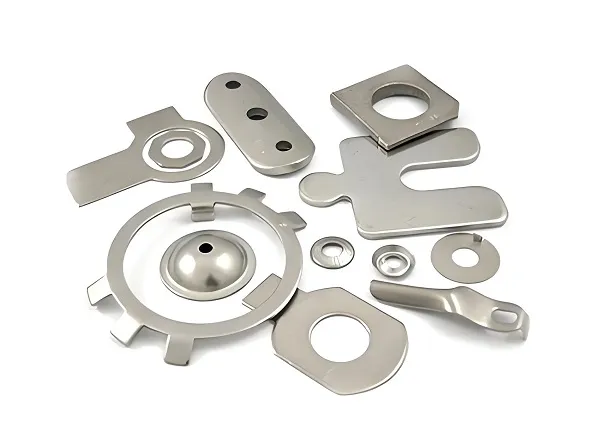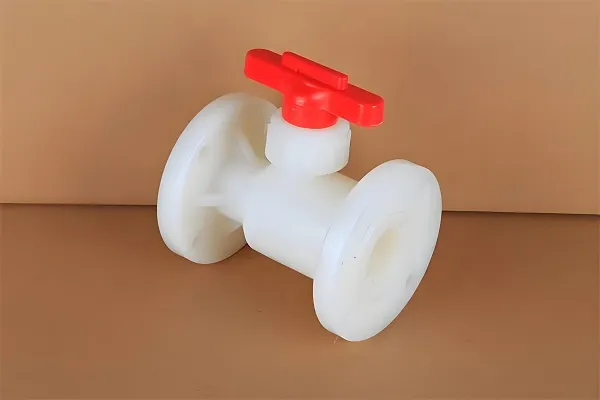In the field of materials science and engineering, structural foam injection molding technology, as an advanced manufacturing process, is gradually becoming a bridge between lightweight design and high-performance applications. Through a specific injection molding process, the polymer matrix and blowing agent are mixed and injected into the mold, and then cured and foamed rapidly under high pressure and high temperature to produce structural foam products with complex internal structure, low density, high strength and excellent thermal insulation performance. The purpose of this paper is to summarize the basic principles of structural foam injection molding technology, key process parameters, material system, application areas and future development trends, to provide reference for relevant researchers and industry.
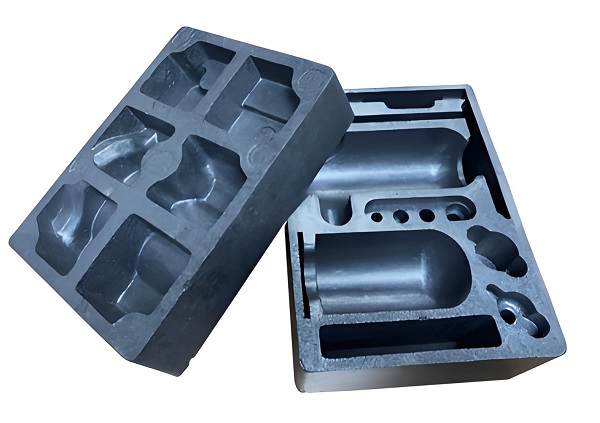
1. Basic principle
The basic principle of structural foam injection molding technology can be summarized as “injection – foam – curing” three successive processes. First, the polymer resin is mixed with a blowing agent (such as physical blowing agents N₂, CO₂ or chemical blowing agents such as azodicarbonamide AC) in a certain proportion to form a foam system that can be injected. Subsequently, the system is injected into a preheated mold, where the blowing agent rapidly expands under high temperature and pressure to produce a large number of tiny bubbles, while the polymer melt rapidly flows to fill the mold cavity. As the temperature rises further and time passes, the polymer melt undergoes a cross-linking or crystallization reaction, which results in a solidified product with a porous structure.
2.Key process parameters
Injection temperature: affects the fluidity of the polymer melt, the decomposition rate of the blowing agent and the nucleation and growth of bubbles.
Injection pressure: determines the speed and effect of the melt filling the mold, too high or too low pressure may lead to product defects.
Mold temperature: control the thermodynamic conditions of the foaming process, affecting the stability of the bubble and the final performance of the product.
Foaming agent type and dosage: directly affect the foaming effect, including bubble size, distribution uniformity and product density.
Cooling rate: affects the polymer crystallinity, shrinkage and dimensional stability of the product.
3. Material system
Structural foam injection molding technology is applicable to a wide range of material systems, including but not limited to polypropylene (PP), polystyrene (PS), polyurethane (PU), polycarbonate (PC) and its blends. These materials can further improve the comprehensive performance of foam products through modification treatment, such as adding nucleating agents, toughening agents, flame retardants, etc., to meet the application needs in different fields.
4.Application Fields
With its unique performance advantages, structural foam injection molding technology shows broad application prospects in many fields such as automotive industry, aerospace, building insulation, electronic and electrical appliances, sporting goods and so on. For example, in the automotive industry, structural foam is used to manufacture parts such as inner door panels and instrument panel skeletons to realize lightweight design and improve crash safety; in the aerospace field, high-performance structural foam has become an important material for the manufacture of wings, fuselage and other key parts.
5.Future development trend
With the enhancement of environmental awareness and the demand for energy saving and emission reduction, the structural foam injection molding technology will pay more attention to the sustainability of the material, the greening of the production process and the further optimization of the product performance. In the future, the development trend of the technology may include the following aspects:
Research and development of new foaming agents: Finding more environmentally friendly and efficient foaming agents to reduce carbon emissions in the production process.
Application of microcellular foaming technology: through microcellular foaming technology, further reduce the density of products and improve mechanical properties.
Intelligent manufacturing and personalized customization: Combine 3D printing, big data and other advanced technologies to realize intelligent manufacturing and personalized customization of structural foam products.
Multi-material composite technology: Composite materials with different properties together through a special process to form multi-functional foam products with more complex structure and better performance.
In summary, structural foam injection molding technology, as a comprehensive technology integrating material science, injection molding process and product design, is promoting the transformation, upgrading and high-quality development of related industries with its unique advantages.

